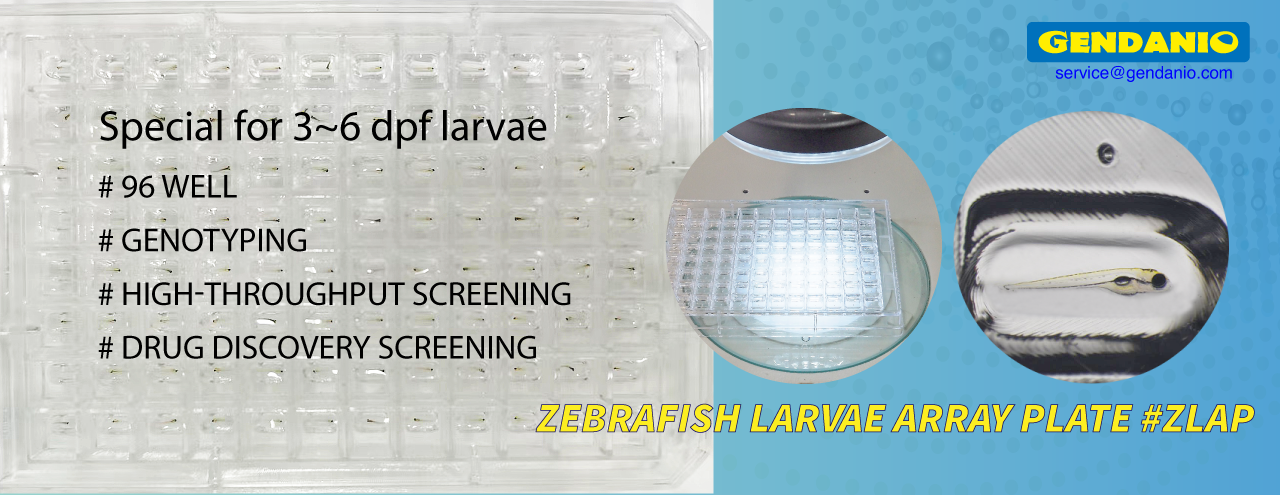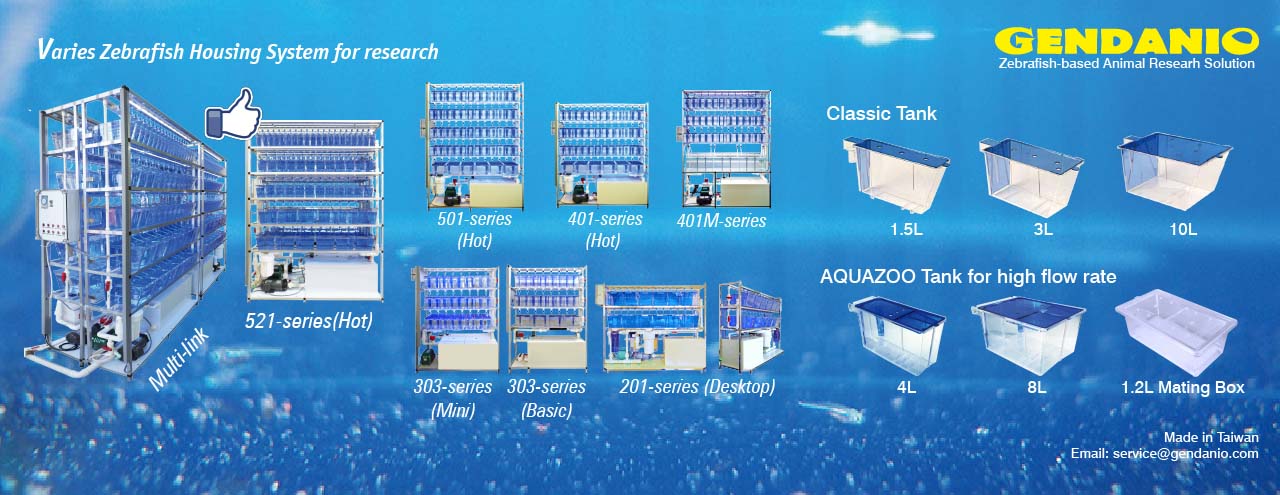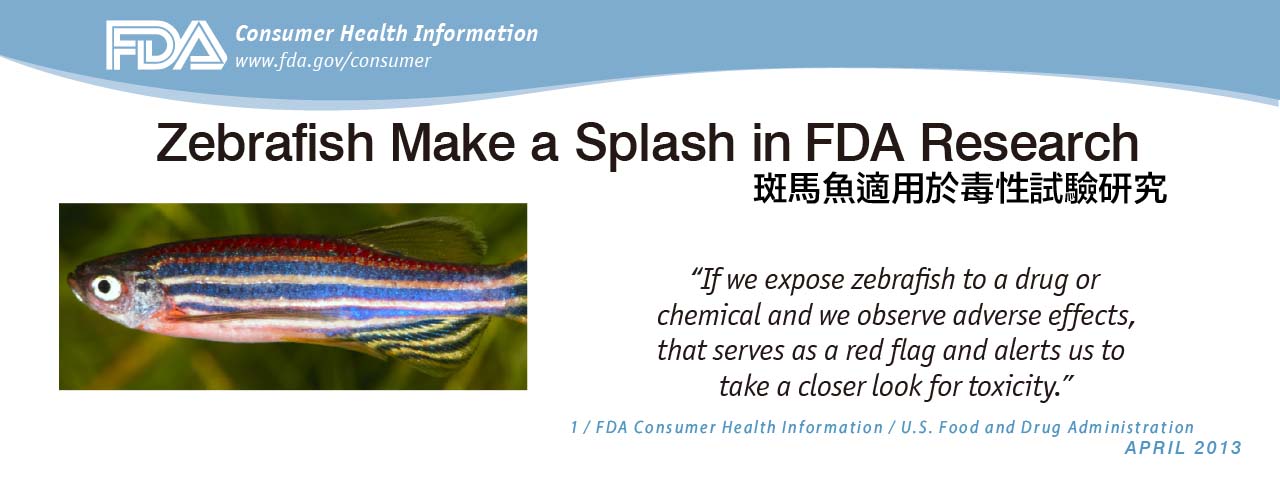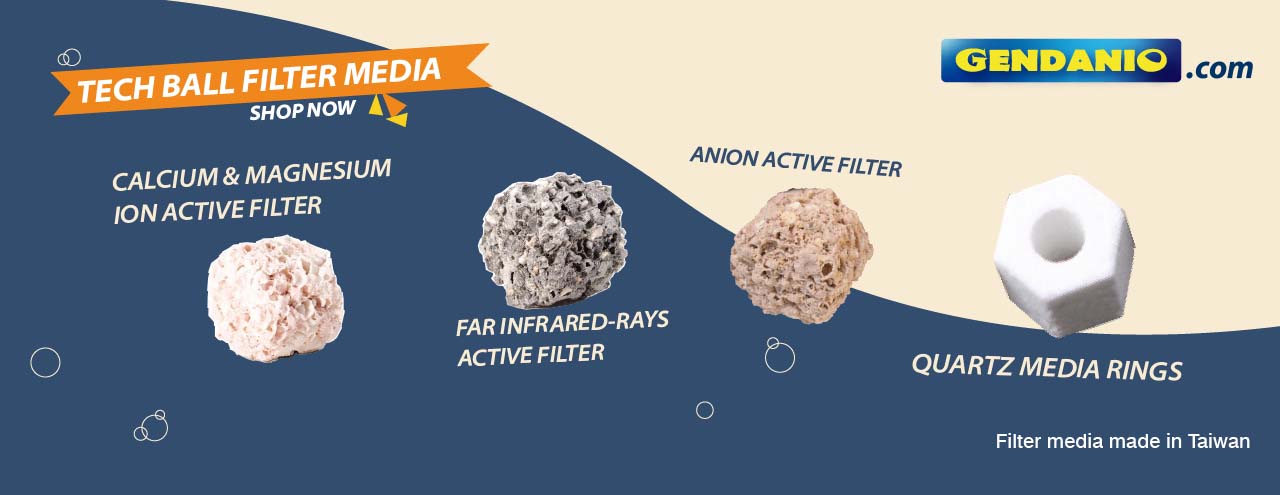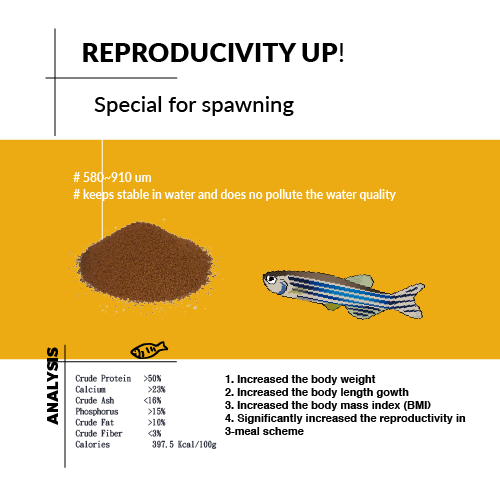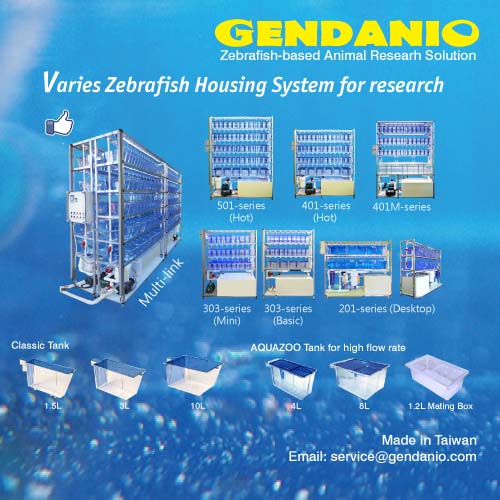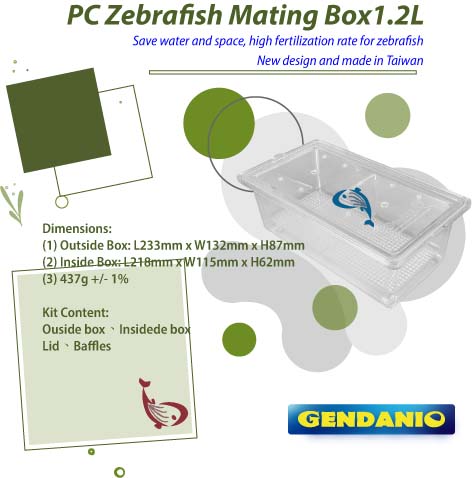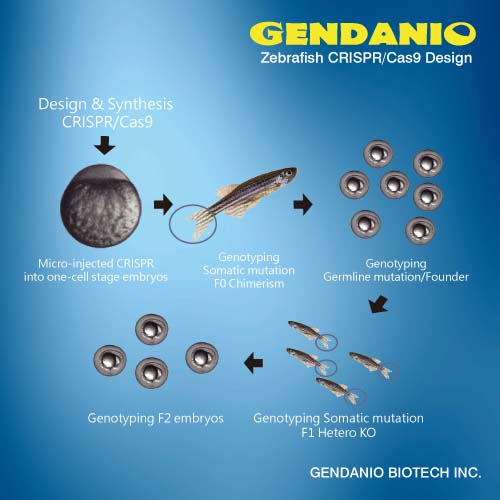國立臺灣師範大學生命科學系 - 林豊益教授
Source
1National Taiwan Normal University.
Abstract
To investigate whether Na(+) uptake by zebrafish is dependent on NH(4)(+) excretion, a scanning ion-selective electrode technique (SIET) was applied to measure Na(+) and NH(4)(+) gradients at the yolk-sac surface of zebrafish larvae. Low-Na(+) acclimation induced an inward Na(+) gradient (uptake), and a combination of low-Na(+) and high-NH(4)(+) induced a larger inward Na(+) gradient. When measuring the ionic gradients, raising the external NH(4)(+) level (5 mM) simultaneously blocked NH(4)(+) excretion and Na(+) uptake; in contrast, raising the external Na(+) level (10 mM) simultaneously enhanced Na(+) uptake and NH(4)(+) excretion. The addition of MOPS buffer (5 mM) which is known to block NH(4)(+) excretion also suppressed Na(+) uptake. These results showed that Na(+) uptake and NH(4)(+) excretion by larval skin are associated when ambient Na+ level is low. Knockdown of Rhcg1 translation with morpholino-oligonucleotides decreased both NH(4)(+) excretion and Na(+) uptake by the skin and Na(+) content of whole larvae. Knockdown of nhe3b translation or inhibitor (EIPA) treatment also decreased both the NH(4)(+) excretion and Na(+) uptake. This study provides loss-of-function evidence for the involvement of Rhcg1 and NHE3b in the ammonium-dependent Na(+) uptake mechanism in zebrafish larvae subjected to low-Na(+) water.
Source: NCBI


